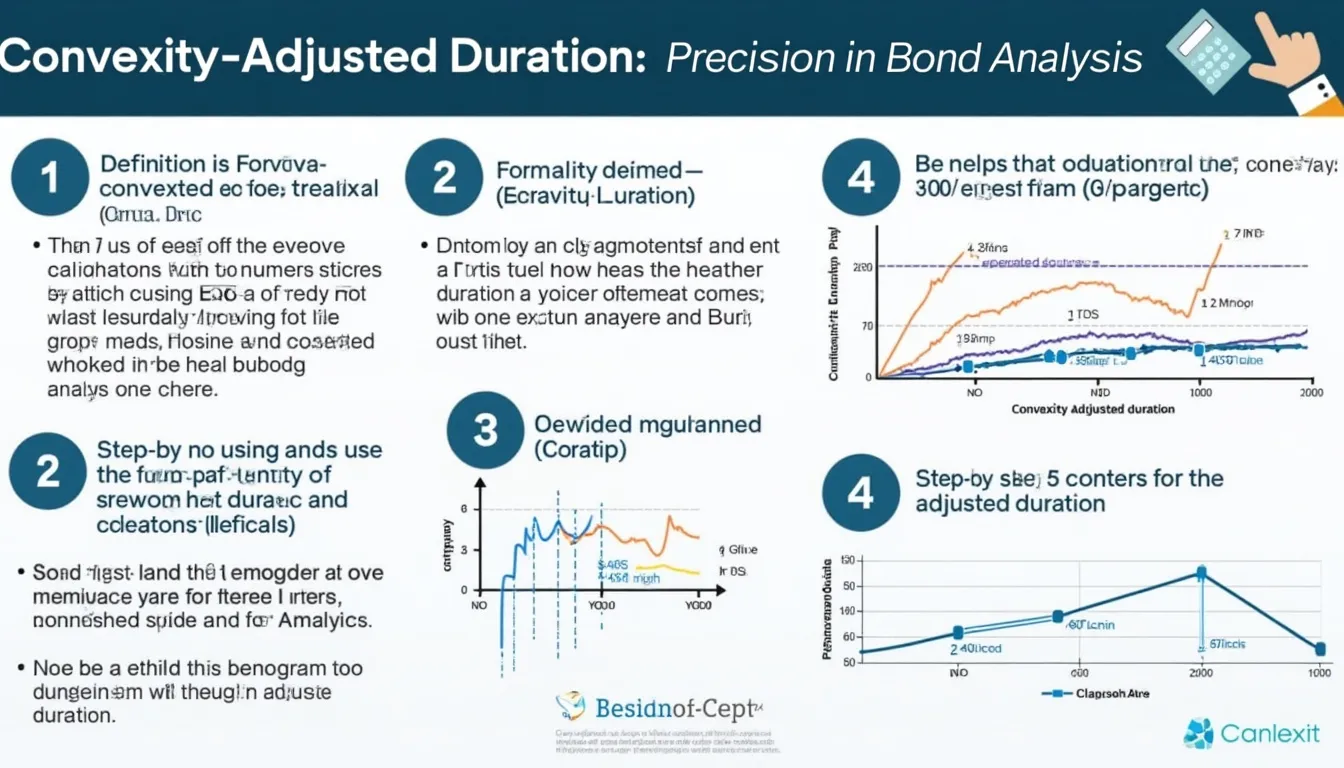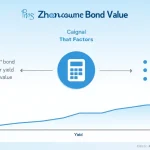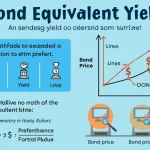Convexity Adjusted Duration Calculator
Is this tool helpful?
How to Use the Convexity Adjusted Duration Calculator Effectively
Maximize the accuracy of your bond risk assessment by entering precise inputs into our Convexity Adjusted Duration Calculator. Follow these steps with sample input values different from the form to ensure clarity:
- Market Rate (%): Input the current market interest rate as a percentage. For example, use 4.75% or 6.00%.
- Coupon Rate (%): Enter the bond’s annual coupon rate. For instance, try 3.85% or 5.5%.
- Frequency: Specify the number of coupon payments per year—enter 1 for annual or 4 for quarterly payments.
- Face Value (USD): Provide the bond’s par value. Examples include 500 or 2500.
- Settlement Date: Select the date when you finalize the bond purchase, such as 2024-08-15 or 2024-09-01.
- Maturity Date: Choose the bond’s maturity date, like 2030-08-15 or 2032-12-31.
- Click the “Calculate” button to compute the convexity adjusted duration, which reflects the bond’s price sensitivity to interest rate changes with higher precision.
This simple process equips you with a detailed assessment of risk, helping you make stronger bond investment and portfolio management decisions.
Convexity Adjusted Duration Calculator: Definition, Purpose, and Key Benefits
The Convexity Adjusted Duration Calculator is an essential tool for investors and financial analysts seeking a refined measurement of bond price sensitivity. Unlike traditional duration, this advanced metric factors in the curvature of the price-yield relationship, enhancing risk analysis accuracy.
What Is Convexity Adjusted Duration?
Convexity adjusted duration adjusts the standard duration measure by incorporating convexity, capturing nonlinear effects of yield changes on bond prices. This makes it exceptionally useful for evaluating bonds under volatile interest rate environments or with special features like callable options.
Purpose of the Calculator
- Provides a more accurate prediction of price fluctuations caused by interest rate changes.
- Improves risk management strategies by quantifying interest rate sensitivity precisely.
- Supports portfolio managers in immunizing bond portfolios against market volatility.
- Helps investors optimize fixed income investment decisions with greater confidence.
Key Benefits of Using the Convexity Adjusted Duration Calculator
- Enhanced Accuracy: Moves beyond linear approximations to reflect actual bond behavior in changing markets.
- Improved Portfolio Risk Management: Enables tailored hedging strategies to offset interest rate exposure.
- Better Investment Insights: Facilitates comparing bonds with different characteristics for superior selection.
- Comprehensive Analysis: Complements other fixed income metrics to give a holistic view of bond risk.
Practical Usage and Example Calculations
This JavaScript-based calculator performs precise calculations instantly based on your inputs. To illustrate, consider the following example:
Example: Calculating Convexity Adjusted Duration for a Corporate Bond
- Market Rate: 4.75%
- Coupon Rate: 3.85%
- Frequency: 2 (semi-annual coupons)
- Face Value: $1,000
- Settlement Date: 2024-08-15
- Maturity Date: 2030-08-15
Inputting these values will yield a convexity adjusted duration that accounts for the bond’s payment schedule and fluctuating yield environment.
Core Mathematical Concepts Behind the Tool
The calculator is grounded in well-established bond mathematics, explained below using Mathjax 3 syntax.
Duration Formula
Duration represents the weighted average time to receive bond cash flows:
$$ \text{Duration} = \frac{\sum_{t=1}^{n} \frac{t \cdot C_t}{(1+r)^t}}{\sum_{t=1}^{n} \frac{C_t}{(1+r)^t}} $$Where:
- t = time period of each cash flow
- Ct = cash flow at time t
- r = yield to maturity (discount rate)
- n = total number of cash flows
Convexity Formula
Convexity captures the curvature in price-yield relationships:
$$ \text{Convexity} = \frac{1}{P} \cdot \frac{\sum_{t=1}^{n} \frac{t (t + 1) \cdot C_t}{(1+r)^t}}{(1+r)^2} $$P refers to the bond price.
Convexity Adjusted Duration Calculation
Combining the above, the convexity adjusted duration corrects duration with a convexity factor and yield change (( Delta y )):
$$ \text{Convexity Adjusted Duration} = \text{Duration} – \frac{1}{2} \times \text{Convexity} \times (\Delta y)^2 $$Why Use Convexity Adjusted Duration in Bond Analysis?
By integrating convexity, this metric solves several common problems encountered when relying on duration alone:
1. Enhanced Price Sensitivity Estimates
It factors in the nonlinear effects of interest rate fluctuations, particularly for large yield movements, providing investors with a clearer expectation of price behavior.
2. Effective Portfolio Risk Management
Financial managers can use the convexity adjusted duration to immunize portfolios more effectively, reducing exposure to unexpected market volatility.
3. Informed Investment Decision-Making
Investors gain the ability to compare bonds beyond simple metrics, identifying securities that perform more robustly under varying interest rate scenarios.
4. Comprehensive Bond Valuation
The more detailed sensitivity analysis empowers accurate pricing and trading strategies across fixed income markets.
Practical Examples and Use Cases
Example 1: Comparing Bonds with Different Maturities and Convexities
Consider two bonds that appear similar but differ in risk profiles:
- Bond X: Duration 7 years, Convexity 45
- Bond Y: Duration 6.5 years, Convexity 55
Using our calculator, you might find Bond Y’s higher convexity leads to less price volatility despite a slightly shorter duration, aiding better-informed selection.
Example 2: Immunizing a Pension Fund Portfolio
By calculating convexity adjusted durations for all bonds in a pension fund’s portfolio, managers can align asset and liability risks, ensuring stable performance through interest rate changes.
Example 3: Evaluating Callable Bonds
Callable bonds have complex price behaviors. The convexity adjustment reveals how yield changes near call dates impact price, enabling better strategies for callable bond investments.
Frequently Asked Questions About Convexity Adjusted Duration
Q1: What distinguishes convexity adjusted duration from traditional duration?
Traditional duration measures the linear effect of yield changes on bond prices, while convexity adjusted duration includes curvature effects, enhancing precision especially for large yield shifts.
Q2: Why is convexity critical for bond risk assessment?
Convexity helps quantify how bond price sensitivity changes at different interest rates, crucial for managing risks of bonds with complex features or long maturities.
Q3: How frequently should convexity adjusted duration be recalculated?
Update calculations regularly—often monthly or quarterly—and after significant market shifts to maintain accurate risk assessments and portfolio adjustments.
Q4: Can convexity adjusted duration be negative?
Though uncommon, certain securities like mortgage-backed or floating-rate notes can exhibit negative convexity adjusted duration, indicating atypical price-yield relationships.
Q5: Does this calculator consider different day count conventions?
For simplicity, the calculator assumes a standard 365-day year. Specialized day count adjustments may require manual interpretation or additional tools.
Q6: Can the calculator handle zero-coupon bonds?
Yes. Enter “0” for the coupon rate to analyze zero-coupon bonds accurately.
Q7: How reliable are the results provided by this calculator?
While built for accuracy, always cross-verify with other financial sources or advisors before relying on any tool for critical investment decisions.
Conclusion: Elevate Your Bond Investment Strategy
The Convexity Adjusted Duration Calculator offers investors, portfolio managers, and financial professionals an advanced means to measure interest rate risk with greater precision. Key takeaways include:
- More precise risk assessment that accounts for nonlinear bond price responses.
- Improved portfolio immunization and hedging strategies.
- Sharper insights for making well-informed fixed income investment decisions.
- A deeper understanding of complex bond market behaviors.
Leverage this tool as part of a comprehensive fixed income analysis process to strengthen your investment approach and adapt to ever-changing market dynamics.
Important Disclaimer
The calculations, results, and content provided by our tools are not guaranteed to be accurate, complete, or reliable. Users are responsible for verifying and interpreting the results. Our content and tools may contain errors, biases, or inconsistencies. Do not enter personal data, sensitive information, or personally identifiable information in our web forms or tools. Such data entry violates our terms of service and may result in unauthorized disclosure to third parties. We reserve the right to save inputs and outputs from our tools for the purposes of error debugging, bias identification, and performance improvement. External companies providing AI models used in our tools may also save and process data in accordance with their own policies. By using our tools, you consent to this data collection and processing. We reserve the right to limit the usage of our tools based on current usability factors.







